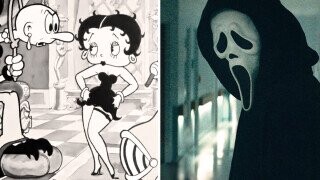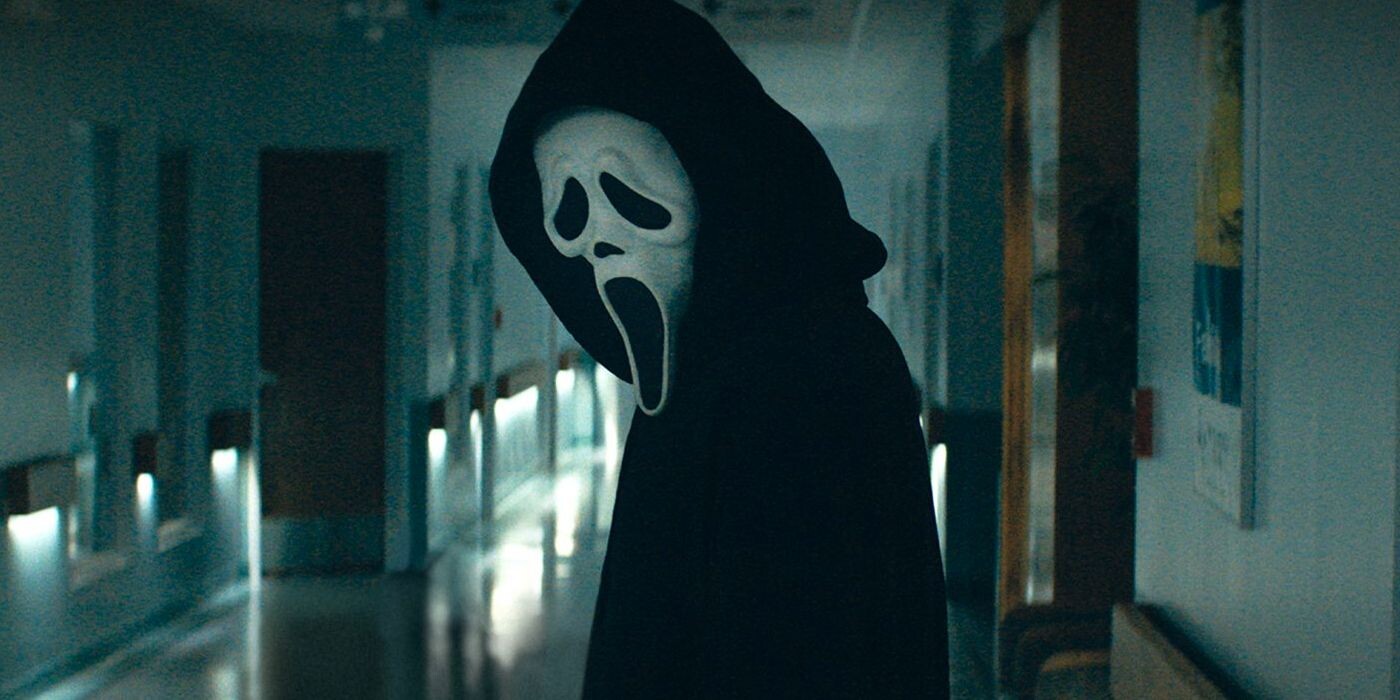How 'Scream's Mask Was Inspired By 1930s Cartoons (Not That Munch Painting)

We here at Cracked have called the iconic Ghostface mask many a name. There’s been The Melting Golf Ball, Droopy’s Mask, and our personal favorite, the Two-Legged Thrice-Recycled Candle. It’s fairly obvious to anyone that the mask made famous by Wes Craven’s Scream franchise has a pretty distinct look, and while many people have claimed and come to believe that Ghostface was inspired by Edvard Munch’s famous painting “The Scream” it was, in fact, not.

See, neither Craven nor the crew from the Scream movie designed that mask. That honor belongs to Brigitte Sleiertin-Linden, an artist who worked for the New York-based novelty company Fun World back in 1991 when she was tasked to make some Halloween masks. Before it made its screen debut in the meta slasher in 1996, Ghostface was sold en masse as part of a “Fantastic Faces” masks pack.
As the designer herself explains, it was her love for animation and black-and-white cartoons that provided inspiration for the iconic mask that would eventually be worn by so many lame boyfriends:
Don't Miss
“I was tasked with designing ghostly faces to be made as masks and to do some drawings with a similar look and feel. So I did a bunch of sketches of different white, ghostly faces with simplistic black facial-feature shapes. As an animation junkie, I loved the old Max Fleischer cartoons, and Betty Boop was one of my faves. Those faces were mostly inspired by the ghosts from some of those old 1930s black-and-white cartoons.”
And she straight-up debunked the Munch influence, too: “That whole inspired-by-Munch thing is a pat way to write off the design, but it’s not where my influence came from. I just loved all vintage animation and that fluid, almost rubbery movement.”
So there it is, everyone — the truth behind the origin and inspiration of the one mask worn by almost a dozen lame Woodsboro killers.
Zanandi is on Twitter.
Top Image: Paramount Pictures